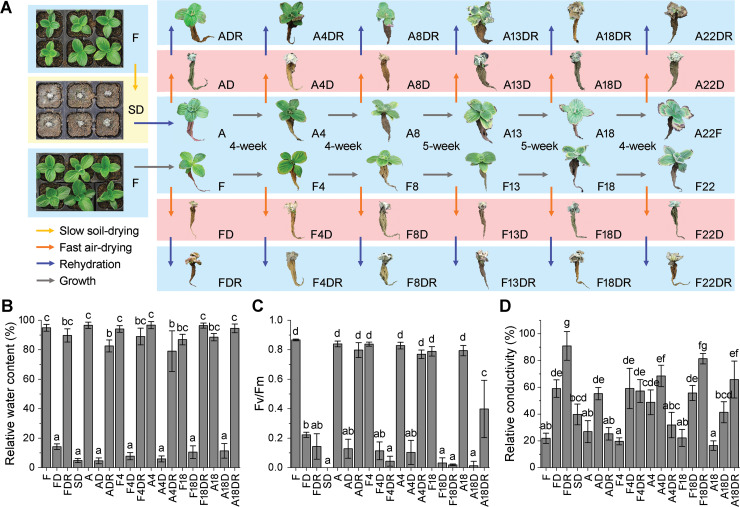Fig 1. Physiological analysis of dehydration stress treated B. hygrometrica plants.
(A) Diagram of the RDT acquisition, maintenance, and erasing processes in B. hygrometrica plants. Three-month-old fresh (F) plants of B. hygrometrica failed to resurrect after rapid air-drying (FD) and subsequent rehydration (FDR). After slow soil-drying for 2 w (SD) and rehydration for 3 d, the fresh plants became acclimated (A) and were able to resurrect after rapid air-drying (AD) and subsequent rehydration (ADR). Such acclimation-primed RDT can be maintained in plants after continuous cultured for 4 w (A4, A4D, and A4DR) to 8 and 13 w (A8, A8D, and A8DR; A13, A13D, and A13DR), but the ability of RDT was lost after culture for 18 and 22 w (A18, A18D, and A18DR; A22, A22D, and A22DR). Their corresponding control groups (F, F4, F8, F13, F18, and F22), always unable to resurrect after rapid air-drying (FD, F4D, F8D, F13D, F18D, and F22D) and subsequent rehydration (FDR, F4DR, F8DR, F13DR, F18DR, and F22DR). (B-D) Determination of leaf RWC (B), Fv/Fm (C), and REC (D) in B. hygrometrica plants during the rapid desiccation tolerance acquisition, maintenance, and erasing processes. Data are presented as the mean ± SD of four to six biological replicates (each replicate with 6 plants), and different superscript letters over bars represent statistical differences at the 0.01 level.

